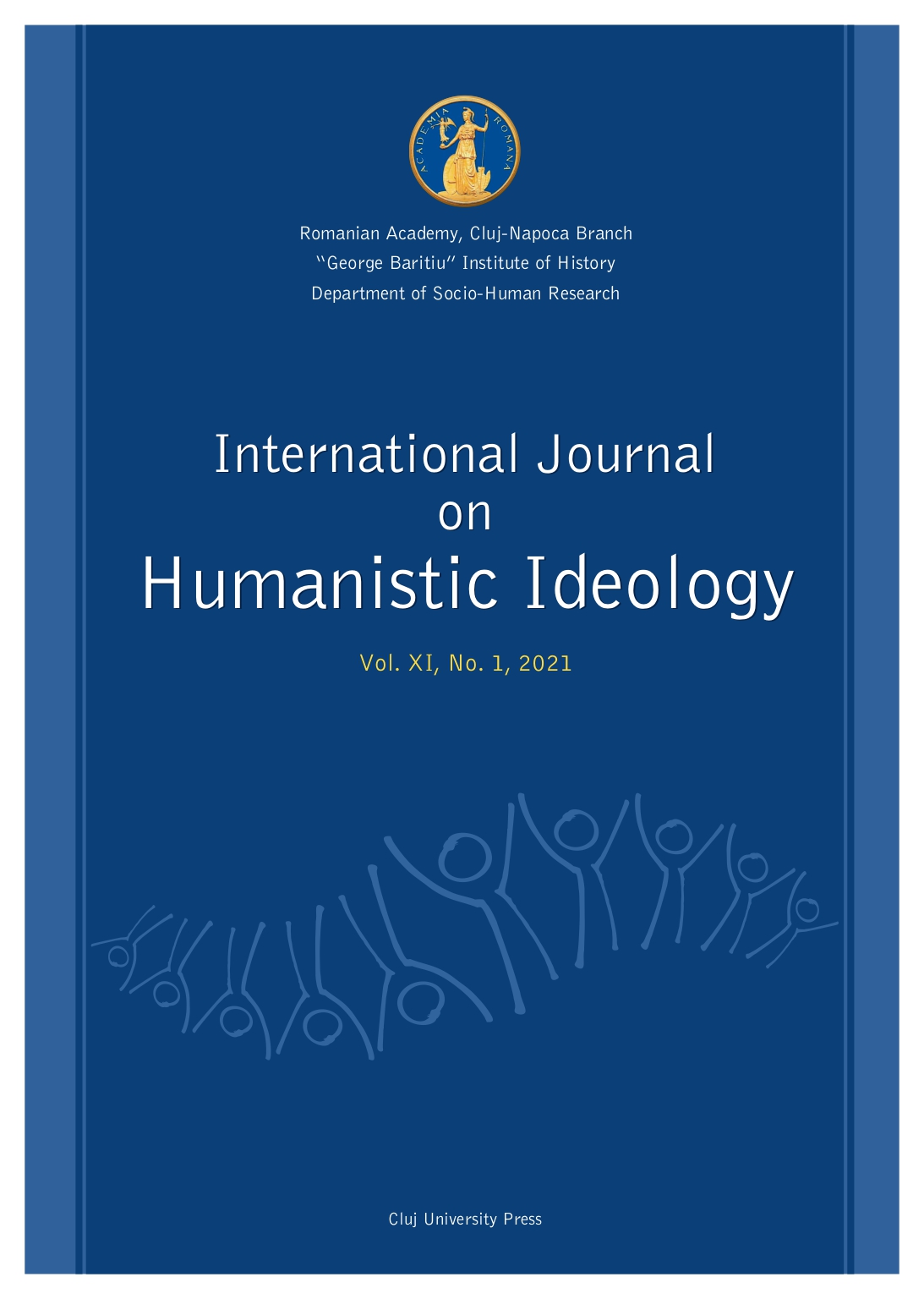Long Life’s Journey into Truth. Søren Kierkegaard, Eugene O’Neill and the Woman
Long Life’s Journey into Truth. Søren Kierkegaard, Eugene O’Neill and the Woman
Author(s): Alexandra Noemina CâmpeanSubject(s): Philosophy, Theatre, Dance, Performing Arts, Aesthetics, Existentialism, Film / Cinema / Cinematography
Published by: Presa Universitara Clujeana
Keywords: tragedy; drama; repetition; femininity; truth; anxiety; mourning;
Summary/Abstract: This article investigates the literary weight of Søren Kierkegaard in modern theatre, and particularly his influence on Eugene O’Neill, the canonical American tragedian. My main hypothesis is that O’Neill, in the construction of his dramatic characters and in the technique of writing, owes a lot not only to August Strindberg – as he declared himself –, but also to Kierkegaard, through his own (re)readings and through the crucial influence that Kierkegaard has had on Strindberg, Ibsen and Nietzsche. In this regard, the strange and obscure relation between woman and truth, anxiety and mourning is examined via three types of femininity: Nina Leeds (from Strange Interlude, 1928) who, in search of her femininity, fears losing what she could never have had; Lavinia Mannon (from Mourning Becomes Electra, 1929) who, as the ancient Antigone, commits herself to a form of death-in-life, beyond the generic guilt without sin. Lastly, Mary Tyrone (from Long Day’s Journey into Night, 1940), a substitute of the playwright’s mother, the most anguished woman of O’Neill’s feminine characters, is a living dead who prematurely began the mourning for her not-ended-life, since commemoration is associated with the utmost painful.
Journal: International Journal on Humanistic Ideology
- Issue Year: XI/2021
- Issue No: 1
- Page Range: 119-145
- Page Count: 27
- Language: English

